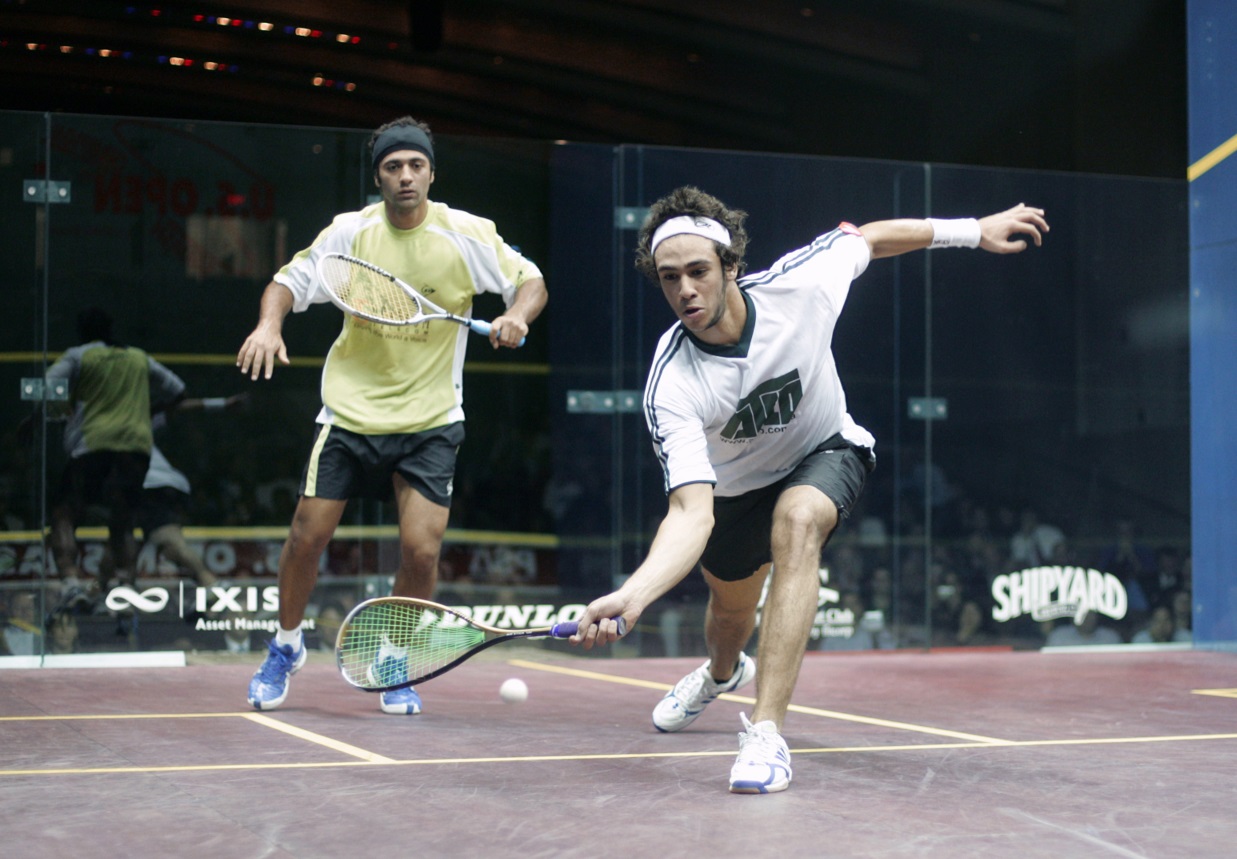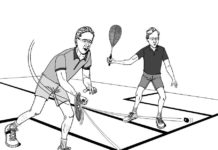By Rod Symington, WSF Senior Referee Assessor
It has long been a mystery to me why so many players do not bother to read the Rules of Squash: there are only twenty of them and they are printed on about 20 pages (depending on how they are formatted). You could read the whole Rule Book in half an hour. Instead, far too many players all over the world rely on past and out-of-date knowledge (“I’ve been playing for 20 years; I know the Rules!”) or on what other people tell them (“Fred told me it can’t be a stroke when the ball comes off the back wall.” Needless to say, Fred is wrong.).
There are two fundamental reasons why so many players do not know the Rules. First, squash is a very complicated game, and while you can read the Rules in a short period of time, understanding them requires considerable study and practice. Second, the Rule Book, like so many legal documents, is written in a style that puts people off reading it. Asking people to read the Rules of Squash is like asking them to read their mortgage: there are too many subsections and fine print. Nevertheless, you would think that anyone who is enthusiastic about the game they play would be keen to know how to play it!
Like any set of rules or laws, the Rules of Squash have some loopholes. No one has ever succeeded in writing a set of rules or laws that was completely watertight (think of hackers and computer security). From time to time crazy things happen on the squash court, and the people who write the Rules cannot possibly foresee all the possible actions that might occur.

Recently, a correspondent sent me a video clip that showed Ramy Ashour playing a dropshot from just in front of the T. His opponent, Amr Shabana, standing behind him, anticipated the shot, quickly moved forward into Ashour and called “Let” before the ball had hit the front wall. It was clear that he would have reached the ball, but was blocked from doing so.
Ashour is not at fault here, because he had no time to clear before Shabana made contact and called “Let.” However, Shabana has a problem: the Rules say that a player may not call let for interference until he or she is the striker—which you become after the ball has hit the front wall. Thus, under the Rules, Shabana made an “early appeal,” and the strictly “correct” decision would have been “No Let.”
This would have clearly been unfair—so what should the Referee do? It is here that we invoke Rule 21: the unwritten Rule of Squash. It contains only two concepts—common sense and fairness. Whenever something unusual happens on the squash court, as in the scenario described above – and especially when you are unsure what the correct decision should be under the Rules – apply Rule 21. Who deserves to win the rally? If neither player deserves to win the rally, a let is the fair outcome. In the above scenario, denying Shabana a let would have been unfair, so a let is the fair outcome.
So whenever you are uncertain about what the outcome of a rally should be, apply the unwritten Rule 21: use your common sense and strive to make a decision that is fair to both players. It will make life a lot easier for you and produce a fair result.





